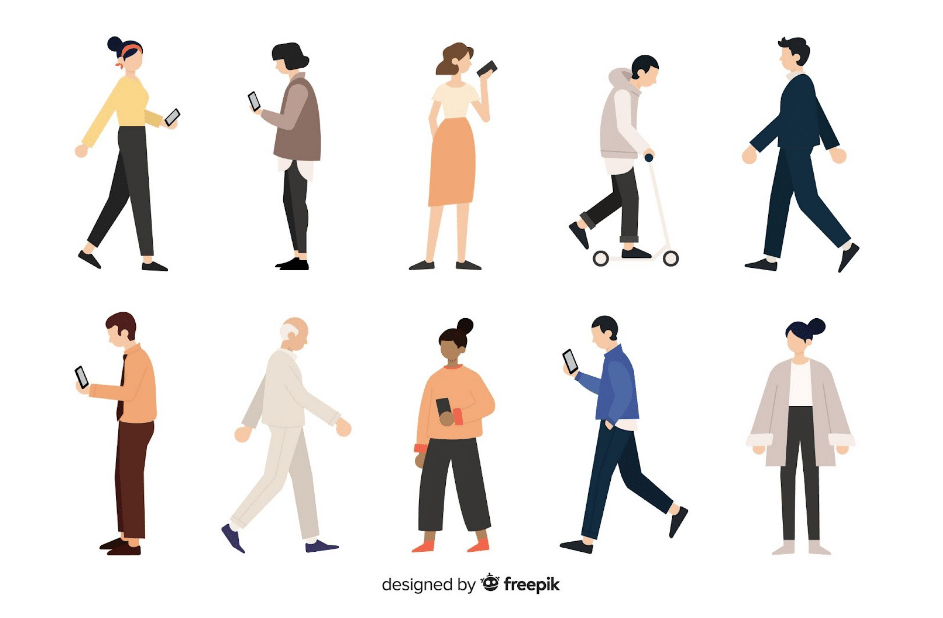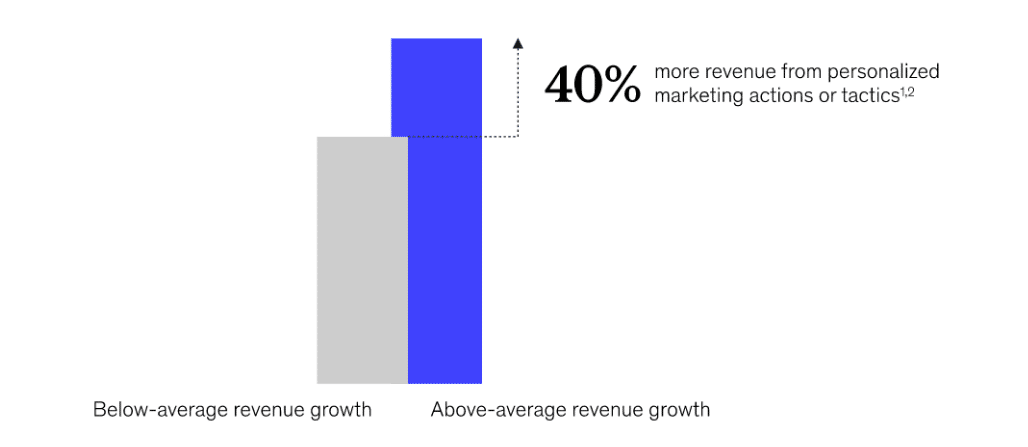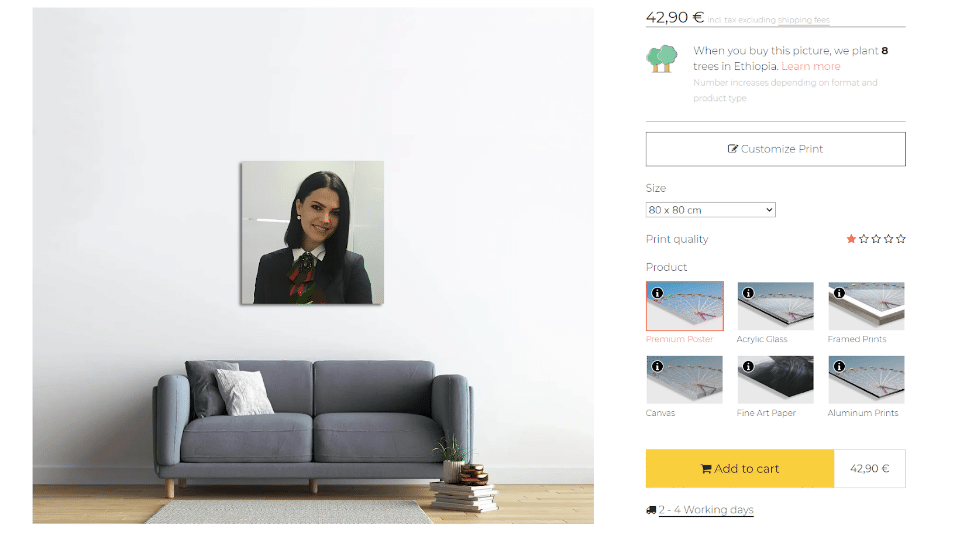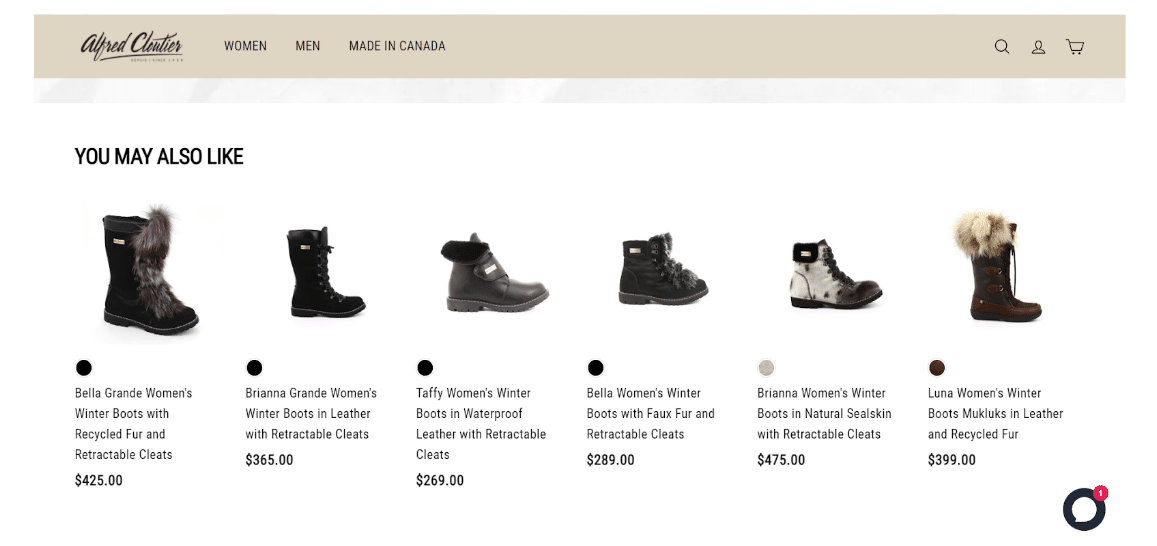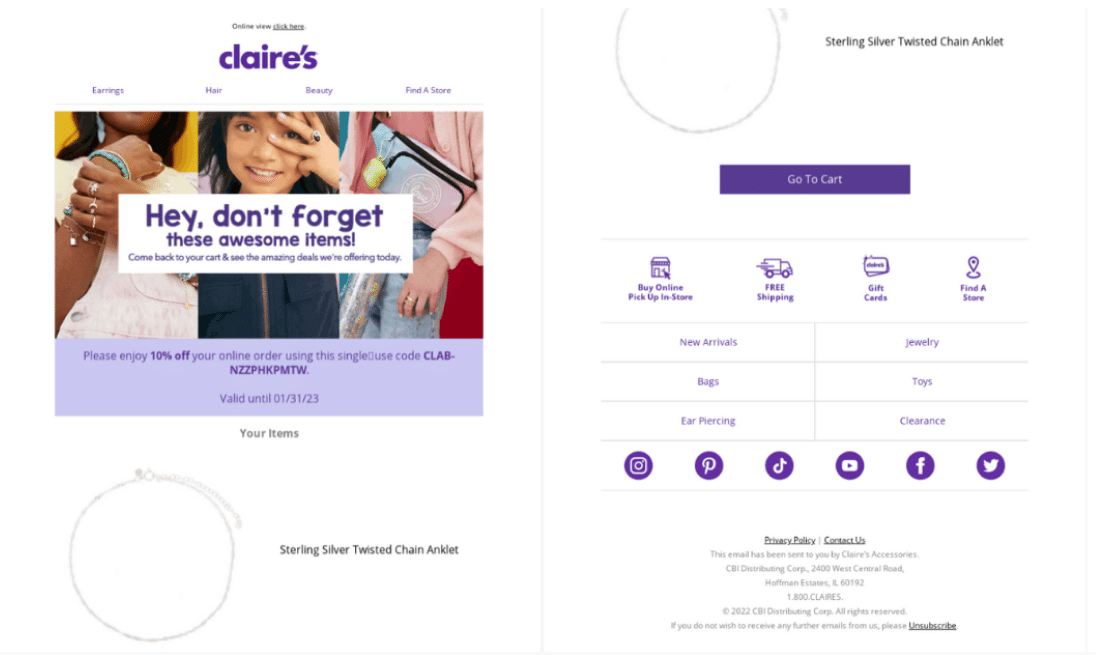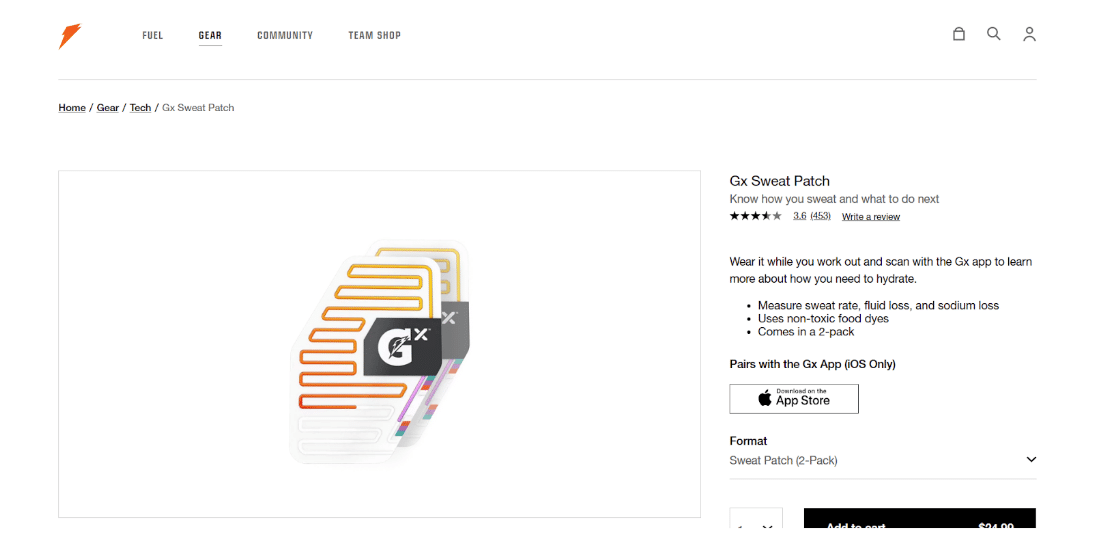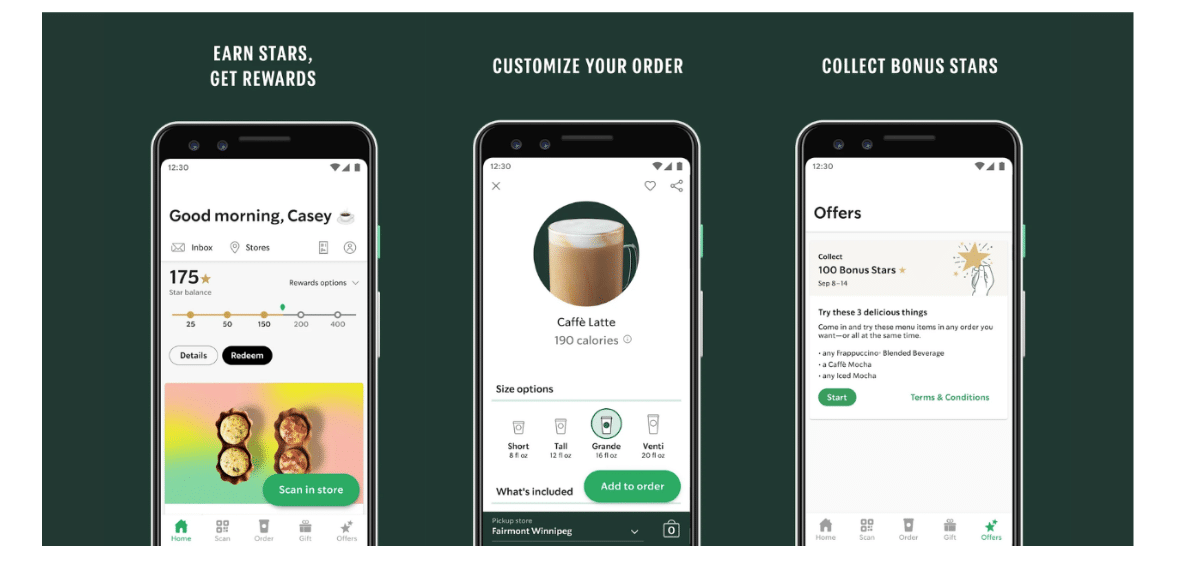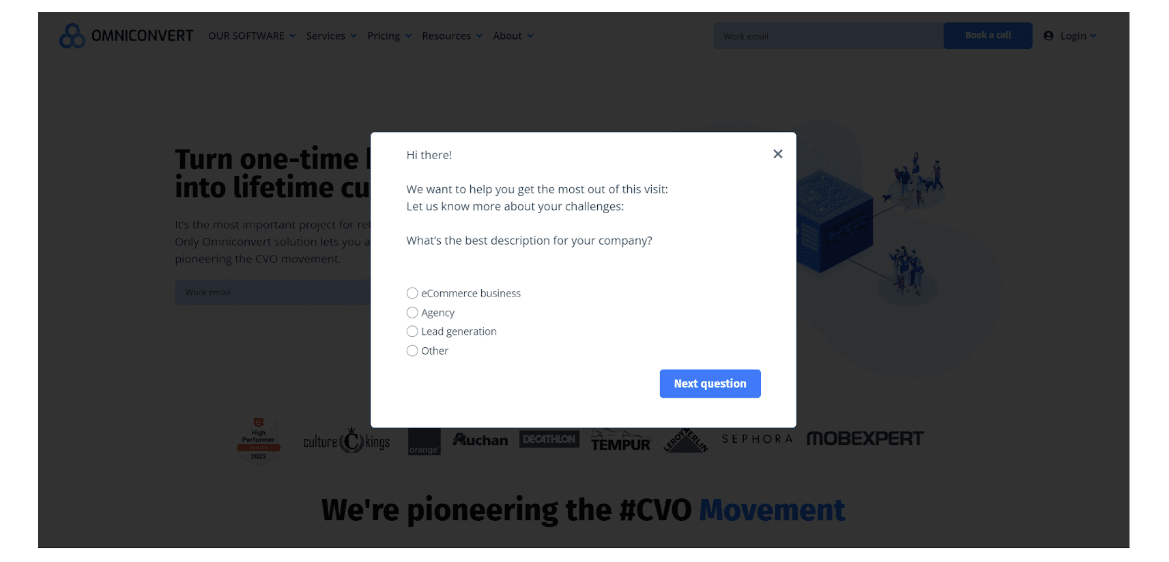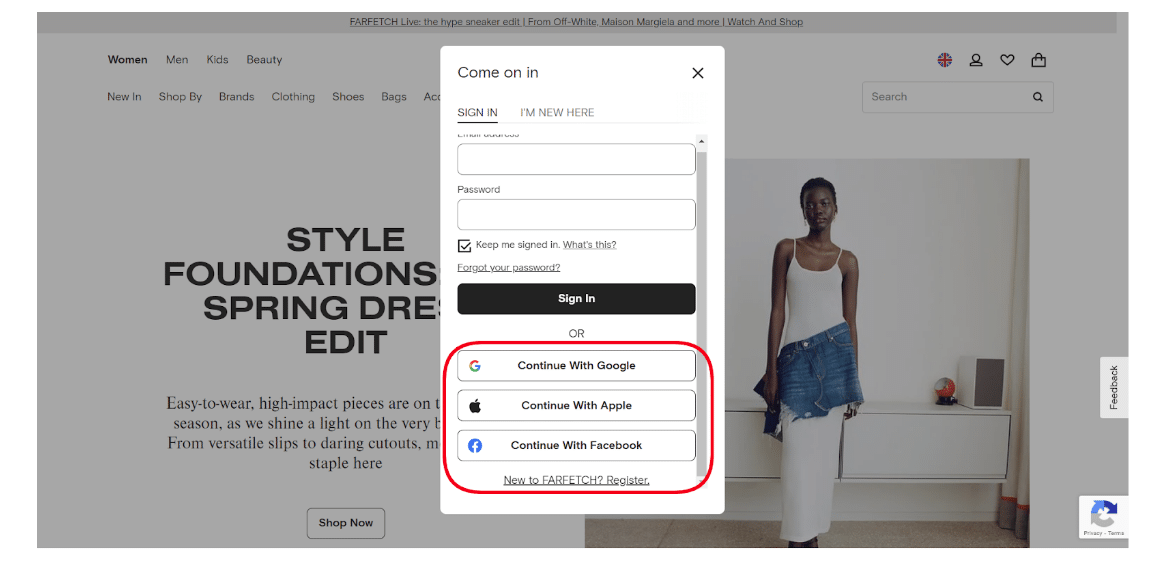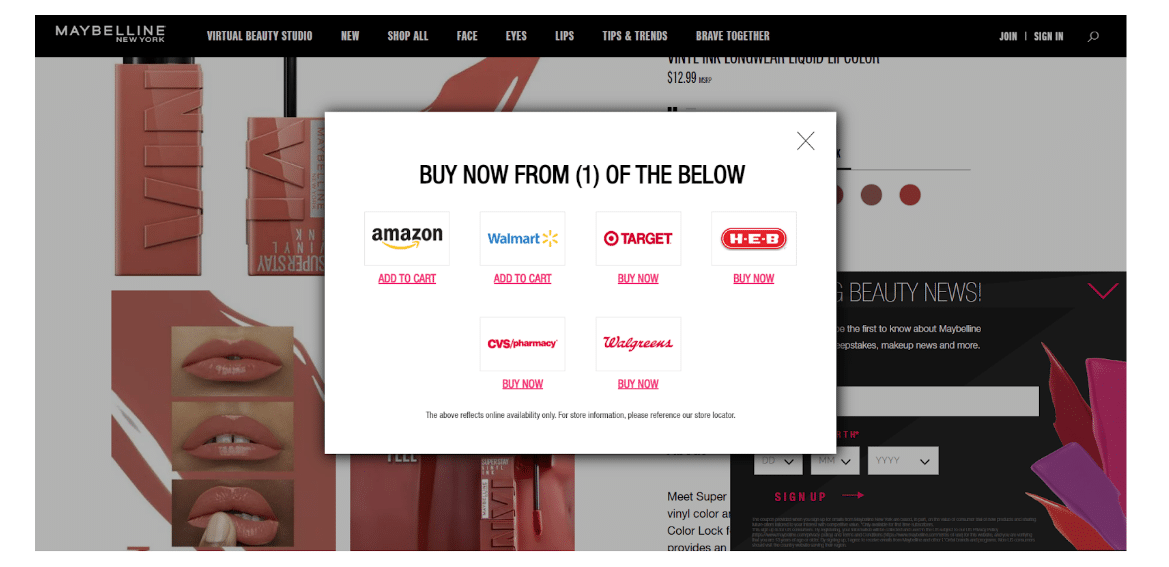Personalization has become an integral part of day-to-day communication between brands and customers. Where can you spot it? We receive emails starting with our name. We see relevant products on eCommerce websites. Netflix offers us films based on our past behavior. Businesses that treat customers as individuals with unique needs gain a competitive advantage.
However, building tailored experiences isn’t just about sales, social media, or streaming services. Customization also finds its place in the field of PR. If you know consumer needs, preferences, and pain points, you can deliver the most powerful message. And if you manage to reach them, you can increase brand awareness, return on investment, and engagement.
In this article, we will explore how to leverage personalization as a business growth strategy in PR. You will gain insights and best practices for PR pros and communicators to implement in your work.
Image credit: Freepik
How personalization contributes to business growth
Customers make decisions based on various factors, moving through different purchase journeys. Your interactions with prospects and clients will depend on variables, including their location, interest in the brand, age, income level, and industry where they work.
Personalization has proved effective, allowing companies to improve eCommerce homepage UX, send targeted email campaigns, and convert more visitors into customers. Let’s look at the benefits of tailoring interactions for PR professionals and communicators.
1. Building trust and loyalty with new customers
Retailers are adopting personalization more frequently to boost customer loyalty and learn vital details about their consumers’ buying preferences. Although PR isn’t directly tied to quarterly sales, data is what drives us and allows us to tell a compelling story. It should cover more than demographics. When it comes to buying, customization can include making predictions about what a customer will want based on their past purchases.
For instance, a person frequently purchases a particular brand of paper towels, cosmetics, or clothing. The data gathered from prior interactions enable you to anticipate when and what this person will want. Send customers coupons and rewards on particular products to encourage them to buy. As a public relations professional, you should spot possibilities to position your company as a cutting-edge, powerful brand.
2. Boosting engagement
Engagement is one of the primary objectives of business communication. However, some undertakings can become unsuccessful if you don’t know how to meet the audience’s needs. A generalized approach frequently causes this flaw.
Impersonal information is easier to ignore. It may even appear annoying for customers to receive dozens of irrelevant and similar promos or alerts, increasing the risk of spoiling the brand’s reputation. According to statistics, around 74 percent of consumers dislike untailored website content. So by customizing the experience, you increase customer satisfaction and make people heard. It makes communications more memorable and fascinating.
3. Increasing return on investment
A clever marketing customization strategy produces unmatched ROI. According to McKinsey, personalization-focused companies outperform their competitors by 40 percent in terms of revenue.
Screenshot taken on the official McKinsey website
The advantages, in this case, may have a favorable impact on customers and employees, two crucial business components. Knowing what your target audience wants will help you develop more strategic marketing materials and operational procedures. All of this will improve the following:
- conversion rates;
- customer relations;
- business authority;
- employee performance;
- bottom line;
- business growth.
Examples of successful personalization strategies
How can you use personalization tactics in your company? Start with analyzing what already exists. Let’s review some of the most compelling examples of personalization from brands. You’ll learn specific strategies from real-life cases to apply them to your communication efforts.
1. Photocircle: Product builders
Customizing a product is one way of tailoring the experience. A case in point is Photocircle, a store selling fine art photography. It lets you create a picture and select its size and type. As a bonus, you contribute to planting a tree in Ethiopia by buying this picture, an impeccable strategy.
Screenshot taken on the official Photocircle website
2. Alfred Cloutier: “You May Also Like” sections
Another example is relevant product collections from Alfred Cloutier. As soon as you start browsing pages, the system remembers your choice and displays similar goods in the “You May Also Like” section.
Screenshot taken on the official Alfred Cloutier website
3. Claire’s: Cart abandonment emails
Personalization is a key component of email marketing. For example, it refers to cart abandonment emails. By adjusting the content of the letter, you can increase the likelihood that the customer will return to the website and complete their purchase. Below is a message from Claire’s, containing the abandoned product and a unique discount code.
Screenshot taken from the newsletter from the official Claire’s website
4. Gatorade: Insights about athletic performance and hydration levels
Another vivid illustration of personalization comes from Gatorade, a sports food and product brand. It launched a Gx Sweat Patch device to measure an athlete’s sweat rate and other parameters and provide customized sports fuel recommendations. Users apply the Gx Sweat Patch before an exercise and scan it afterward. Then they can access their sweat profile to know how much fluid and sodium they lost and how fast and compare it with others.
Screenshot taken on the official Gatorade website
5. Starbucks: Personalized in-app experience
The Starbucks app consistently ranks among the top restaurant applications. This user-friendly app offers a tailored ordering experience based on the favorite drinks and preferences and sends corresponding incentives and freebies. It all happens thanks to AI technology.
Image credit: Google Play
Best practices for personalization as a business growth strategy
Personalization can be easier than you expect. Let’s go over the four best ways to implement it into your business.
1) Segment your audience
First things first: segment your audience based on their requirements and preferences. Develop customized messaging for various consumer categories, especially those with similar interests and traits.
For instance, a company that sells luxury sports cars might target high-income individuals with ads in lifestyle magazines. Or, if you promote sustainability and eco-friendly products, you should aim at those who lead a green lifestyle.
2) Use customer data for your marketing campaigns
So you’ve identified your target audience segments. The next step is to collect information from various channels to further customize your communication. This information will let you develop more specialized email marketing and advertising campaigns to meet your target audience’s wants and needs.
How can you gather consumer data? You have various options, including:
- conducting surveys;
- analyzing the website’s heatmap;
- displaying pop-ups with the ability to leave contact and other details;
- resorting to an analytics platform (such as Google Analytics or Segment).
Below you can see how Omniconvert collects the needed information via a survey in the pop-up.
Screenshot taken on the official Omniconvert website
3) Make it easy for customers to give you personal information
If you want to receive as many replies as possible, simplify the process of leaving information. Suppose you sent an email with a survey. Ask straightforward questions like “What brought you to the company?” or “What products interest you the most?”
Another crucial aspect is privacy concerns. State why you need this information and how you will use it. Start with asking for basic data, such as name and email address. While clients will build trust and loyalty to your company, they will be more likely to share other details to take your relationships to the next level.
Incentives for leaving personal data can also work well. Depending on the company and its goals, these can be exclusive discounts, free samples, or early access to new products. Remember to include the ability to undo it by placing buttons to unsubscribe, delete an account, or remove personal data from your website or app.
Pro tip: Allow people to register via social media. This trick speeds up registrations and gives you access to social media information. That’s what Farfetch does in the screenshot below.
Screenshot taken on the official Farfetch website
4) Create seamless customer experiences across multiple channels
Customization extends beyond a single channel. It encompasses all facets of client interaction, including email, social media, and your website. Find your buyers’ most preferred channels, track their behavior, and develop a seamless customer experience when switching from one channel to another.
That’s what cross-channel marketing is all about. It can also include connecting an online experience with an offline one. You may have come across it when scanning products in stores to open information about them and their prices. It improves the shopping experience, conversion rates, and engagement. Check how Maybelline New York combines various options to acquire the product in the screenshot below.
Screenshot taken on the official Maybelline New York website
To sum up
Personalization equals better customer engagement, relationships, and satisfaction. That’s why PR professionals and communicators should leverage it to connect with audiences on a deeper level. Here are some ways to use personalization effectively:
- Use data to understand customer preferences, behavior, and needs.
- Segment the audience to create customized campaigns.
- Adjust the user experience across all communication channels.
So, whether you sell products, services, or ideas, customize your messaging and content to help your business thrive.


